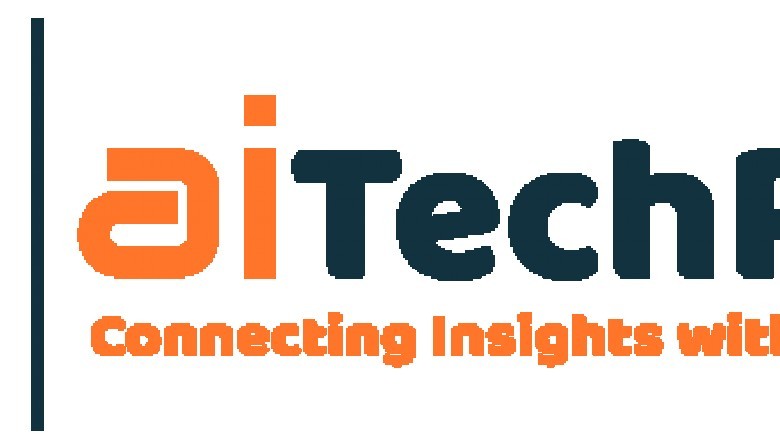views

As per a study Data Centre Infrastructure Management (DCIM) grew at a CAGR of 20%. Is this hinting towards the Transition from DMaaS to DCIM has started, let’s find out.
According to Research and Markets, the global data centre infrastructure management (DCIM) market grew at a CAGR of around 20% during 2014-2019 and looking forward, the global data centre infrastructure management (DCIM) market to continue its strong growth during the next five years.
DCIM – Data Centre Infrastructure Management – comprises monitoring, measuring and managing IT equipment and supporting servers, storage, power and cooling systems and data centres. It assists in observing environmental conditions and capturing detailed information in real-time. It also helps in collecting and analysing power usage effectiveness (PUE) and cooling system energy efficiency using energy-monitoring sensors. Nowadays a lot of organizations are combining DCIM with computations fluid dynamic (CFD) analysis to optimize airflow and systems placement.
DMaaS – Data-centre Management as a Services – a services based on DCIM software. It takes data collection a step further: equipment and device data is collected from scores of data centres, and then that data is anonymized, pooled and analysed at scale. Even it can potentially transform the way data centres are managed and operated.
DMAAS AGGREGATES AND ANALYSES LARGE SETS OF ANONYMIZED CUSTOMER DATA AND CAN BE ENHANCES WITH MACHINE LEARNING. A KEY GOAL IS TO PREDICT AND PREVENT DATA CENTRE INFRASTRUCTURE INCIDENTS AND FAILURES AND TO DETECT INEFFICIENCIES OR CAPACITY SHORTFALLS.
RHONDA ASCIERTO, RESEARCH DIRECTOR FOR THE DATACENTRE TECHNOLOGIES AND ECO-EFFICIENT IT CHANNEL AT 451 RESEARCH.
Difference between DMaaS and DCIM:
DCIM software has been long on hype and shorter on delivery. It is difficult to deploy ROI and can be unclear. DCIM can reduce risk while enabling new efficiencies, better capacity forecasting and improved business agility. Still it remains an under-deployed technology owing to challenges such as implementing operational changes to support DCIM and the difficulties in measuring overall ROI.
DMaaS solves this kind of challenges and extend DCIM’s value. DCIM gets trickier when computing environments are spread among traditional on-premises data centres, cloud and colocation sites, and edge computing applications.
A traditional DCIM model requires software installations at every data-centre site, it can be challenging when trying to compare performance across environments.
DMaaS is a cloud-based remote monitoring service that’s designed to support a range of deployment sites.
What does DCIM deliver that DMaaS doesn’t?
The long-term goal of DMaaS is to integrate physical data-centre infrastructure management with many more services consisting IT workload management, energy management, connectivity and business costing. DMaaS has a long way to go there. It takes the data-centre world beyond DCIM and single-site, proprietary management. Over a period of time, other data and services are also expected to be added, i.e. integrated workload management, energy management, customer relationship and business systems, weather, staff services and security and network management.
You can never have a clear decision on choosing between on-premises and cloud-based one. It makes more sense to keep some DCIM monitoring capabilities on-premises for security and latency reasons. Because sending data to a centralized cloud facility and back isn’t practical for time-sensitive monitoring and alarming.
Like for instance, forecasting on the other hand isn’t essential to daily operation and makes sense to do off premises.
DCIM and DMaaS don’t fall under either/or proposition, they more likely to fall under ‘and’ proposition.
For more such updates and perspectives around Digital Innovation, IoT, Data Infrastructure, AI & Cybsercurity, go to AI-Techpark.com.












